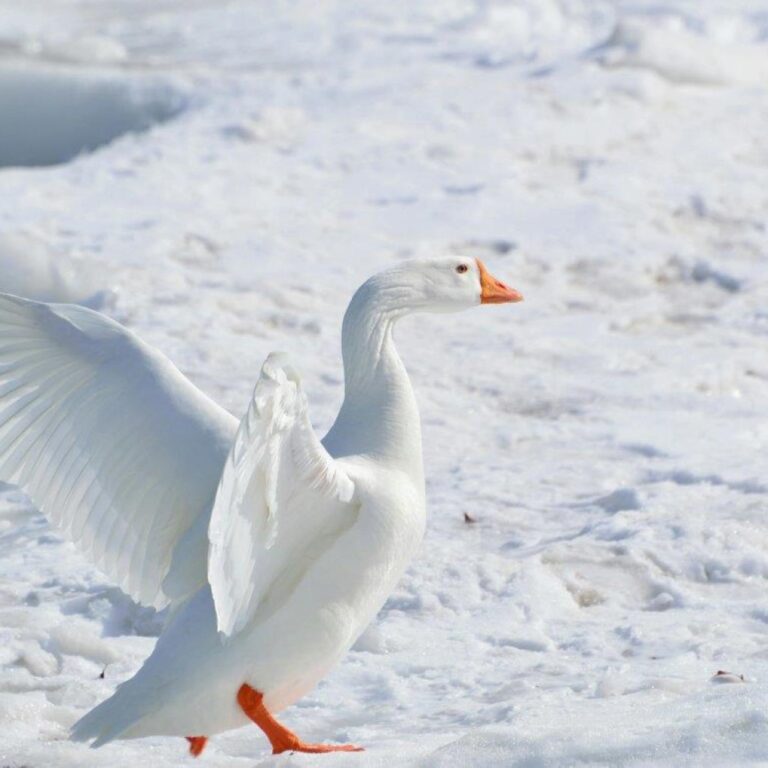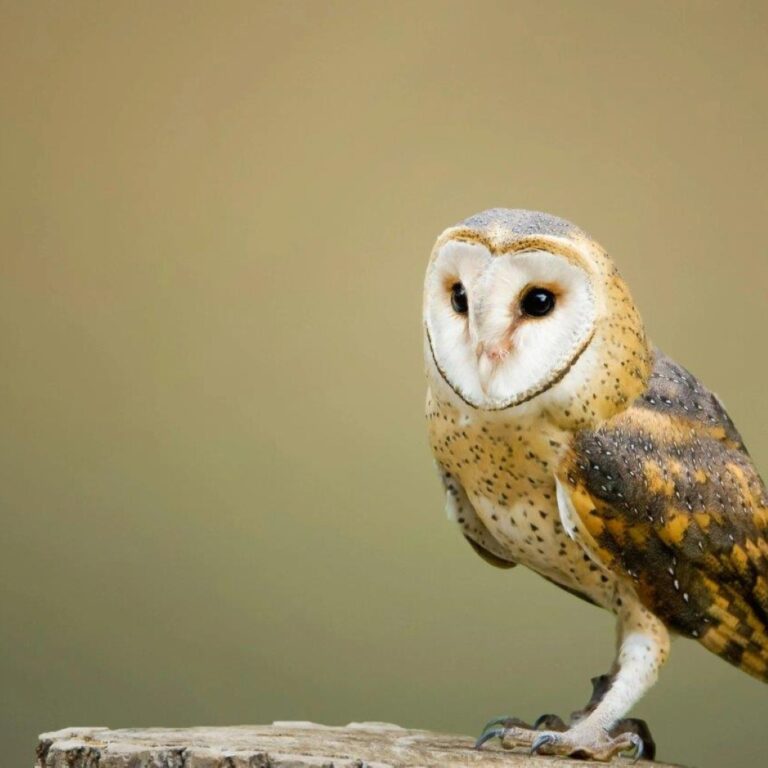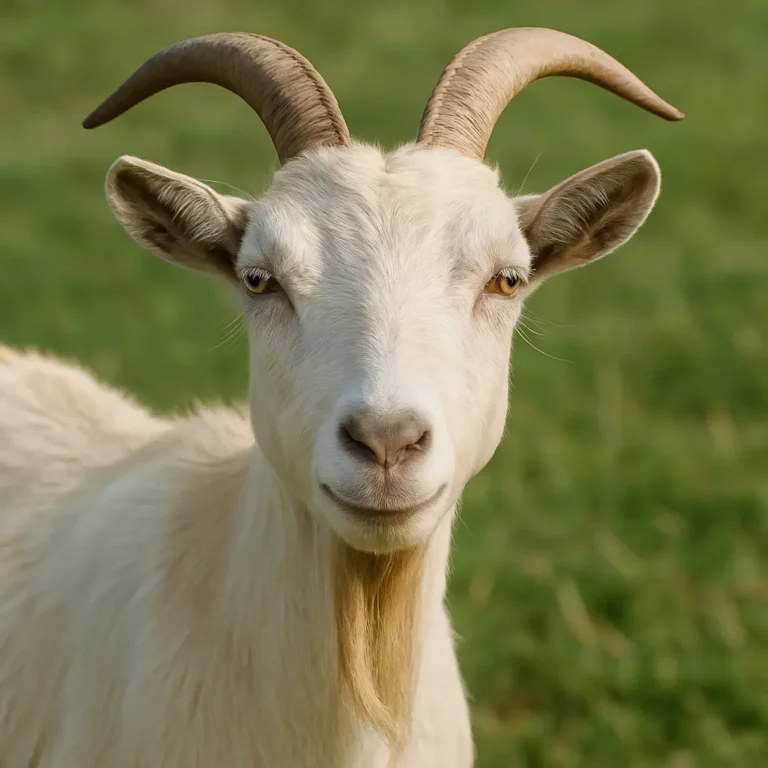There are about 15 species of true geese in the world, belonging to the genus Anser and Branta. The most common species include the Canada goose, greylag goose, and snow goose.
They are known for their strong family bonds. They mate for life, and both parents take an active role in raising their young, known as goslings. Geese families stay together as a unit until the goslings are ready to migrate.
They are herbivores and primarily feed on grasses, grains, and aquatic plants. Their bills are specially adapted to grazing, with serrated edges that help them cut through tough vegetation.
One of the most iconic behaviors is their V-shaped formation during migration. This formation reduces air resistance, allowing the flock to fly more efficiently over long distances.
These animals are highly migratory birds, with some species traveling thousands of miles between their breeding and wintering grounds. The bar-headed goose holds the record for high-altitude migration, flying over the Himalayas at altitudes of up to 29,000 feet.
Geese have strong territorial instincts, especially during the breeding season. They will aggressively defend their nests and young from intruders, including other birds, mammals, and even humans.
The loud honking calls of geese serve multiple purposes, including communication within the flock, maintaining formation during flight, and warning of potential threats.
They have excellent eyesight and can see in color, which helps them detect predators and navigate during migration. They also have a keen sense of direction, using the sun, stars, and Earth's magnetic field to guide them.
Geese are social animals and often form large flocks outside of the breeding season. These flocks provide safety in numbers and improve foraging efficiency.
The domesticated goose, descended from the wild greylag goose, has been kept by humans for thousands of years for its meat, eggs, and feathers. Domesticated geese are also known for their ability to deter intruders with their loud honking.
They have a unique molting process, where they lose all their flight feathers at once, rendering them temporarily flightless. This molt usually occurs after the breeding season when they are less vulnerable to predators.
They are known to return to the same nesting sites year after year, showing strong site fidelity. They often reuse the same nest or build a new one nearby.
The lifespan of a goose in the wild can be up to 20 years, although some individuals in captivity have lived much longer, with records of geese living over 30 years.
They play an important role in ecosystems by helping to disperse seeds through their droppings, which can lead to the growth of new plants in different areas.
Conservation efforts are important for protecting migratory geese species, particularly those that are threatened by habitat loss, hunting, and climate change. Preserving wetlands and other critical habitats is essential for their survival.


